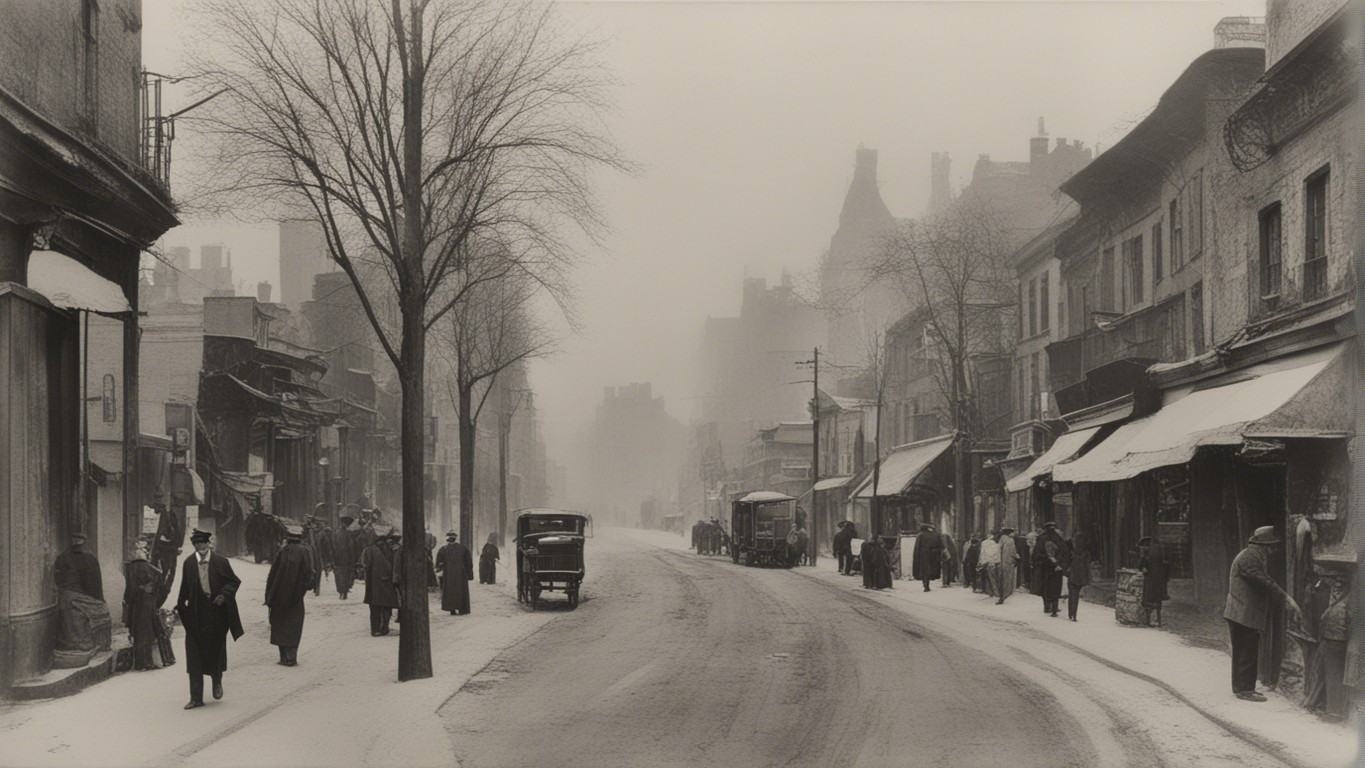A High Society Scandal:
In the early 20th century, the United States was captivated by a sensational murder case involving prominent figures of New York’s elite. The central characters in this drama were Harry Thaw, a wealthy playboy, Stanford White, a renowned architect, and Evelyn Nesbit, a popular model and actress. Their intertwined lives would culminate in a shocking act of violence that dominated headlines.
“The Thaw-White affair is emblematic of the Gilded Age, where high society, personal vendettas, and media sensationalism converged,” remarked historian Dr. Linda Simmons.
The Love Triangle:
At the heart of the case was a tumultuous love triangle. Evelyn Nesbit, known for her beauty, had been involved with Stanford White when she was younger. White, despite being much older, became infatuated with Nesbit and allegedly seduced her. Later, Nesbit became involved with Harry Thaw, whom she eventually married. Thaw grew increasingly obsessed with White’s prior relationship with his wife, which fueled his growing animosity towards the architect.
“Thaw’s jealousy, combined with his unstable personality, created a volatile mix,” observed psychologist Dr. Mark Harrison.
The Murder:
On June 25, 1906, at Madison Square Garden’s rooftop theater, a venue ironically designed by Stanford White himself, Harry Thaw confronted and shot White in front of numerous witnesses, leading to White’s death. This brazen act of violence shocked the high society circles in which they moved.
“The murder was not just an act of personal vengeance; it was a public spectacle, witnessed by New York’s elite,” stated journalist Alice Thompson.
The Trials:
Thaw’s trial was dubbed the “Trial of the Century” by contemporary media. The defense sought to portray Thaw as a defender of female virtue, avenging White’s defilement of Nesbit. They also touched upon Thaw’s mental instability as a defense strategy. The first trial ended in a hung jury, but a subsequent trial in 1908 found Thaw not guilty by reason of insanity. He was committed to a mental institution and later released in 1915 after being deemed sane.
“The trials were a media circus, with every twist and turn reported on and debated by the public,” noted legal analyst Robert Levine.
Legacy and Cultural Impact:
The Harry Thaw case offers a glimpse into the complexities of the Gilded Age, where societal norms, personal vendettas, and media dynamics intersected. The scandal has been the subject of numerous books, articles, and even films, most notably the 1955 movie “The Girl in the Red Velvet Swing.”
“The Thaw-White case remains a touchstone for discussions about media sensationalism, justice, and the interplay of power and privilege in American society,” concluded cultural critic Patricia Wells.
